The opportunities for marketers today are endless. Digital technology continues to expand, and we have so much to explore from social media, search engine optimization, and email. So how do you keep up and keep your digital presence be known to your potential clients? For your existing clients, how do you maintain a healthy business relationship? For sure, you have heard of making an effort to create a more personalized experience to solve their problems and get answers to questions they ask. Personalizing the content you create and digging deeper into how they ask their questions will surely help. According to a survey by Epsilon, 80% of consumers said that they’d be more likely to do business with a brand that provides a personalized experience. Improvements in technology and increased data collection have made it easy for us to win our customer’s hearts and meet their needs.
B2B Marketing News: B2B Email Study, Marketing Leadership Gaps, Digital Ad Spend Surges, & High-Quality Creative Drives Brand Trust
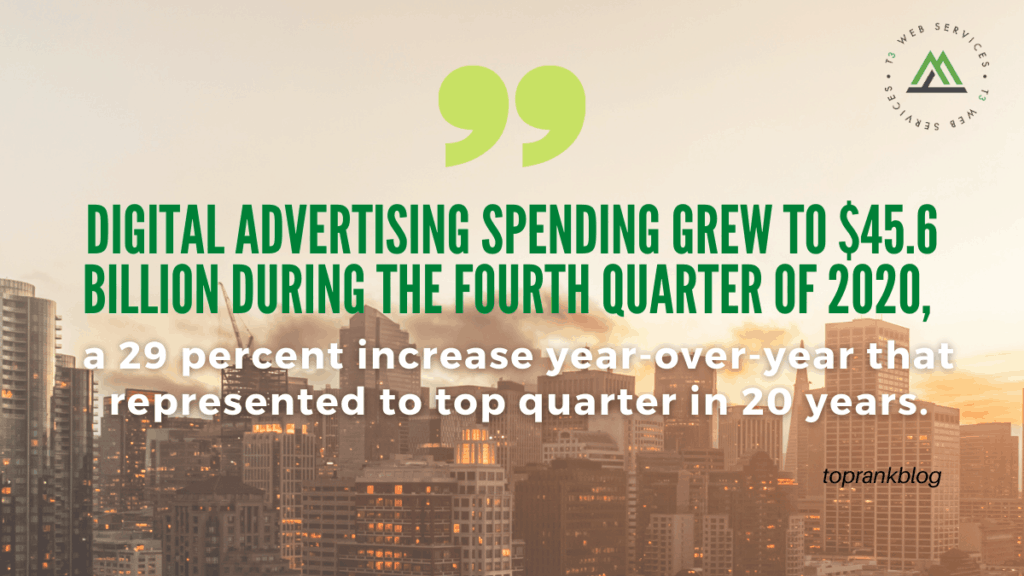

The Buzz On B2B: Email Is Tops For Both Acquisition And Retention
Half of B2B marketers have seen email click-through rates (CTRs) remain steady during the first quarter of 2021, while 28 percent saw higher CTR than during 2020, according to recently-released survey data, which also showed that by early 2022 some 40 percent of marketers expect to restore their marketing spending to regular levels, with 25 percent doing so in early 2021. MediaPost
Vast Majority of Consumers Associate High-Quality Creative with Brand Trust
85 percent of U.S. adult consumers in a recent survey said that well-designed ads help build brand trust, while 64 percent said that brands with poor creative design were less trsutworthy, according to the Celta survey. MarketingCharts
B2B Content Marketers Get Higher Salaries, Bonuses Than B2C
B2B content editors and marketing professionals have earned more than their counterparts in B2C marketing, and were more likely to be paid cash bonuses, according to newly-published survey data of interest to digital marketers. MediaPost
Google Launches Video Ad Experiments to Help Refine Marketing Approaches
Google has announced a forthcoming feature that will allow brands to try various video ad approaches in its Google Ads program, offering video marketers new ways to experiment and observe how multiple ad variations resonate with their audiences, the search giant recently revealed. Social Media Today

https://www.toprankblog.com/2021/04/b2b-marketing-news-041621/
What are the Makings of a High-Quality Link?
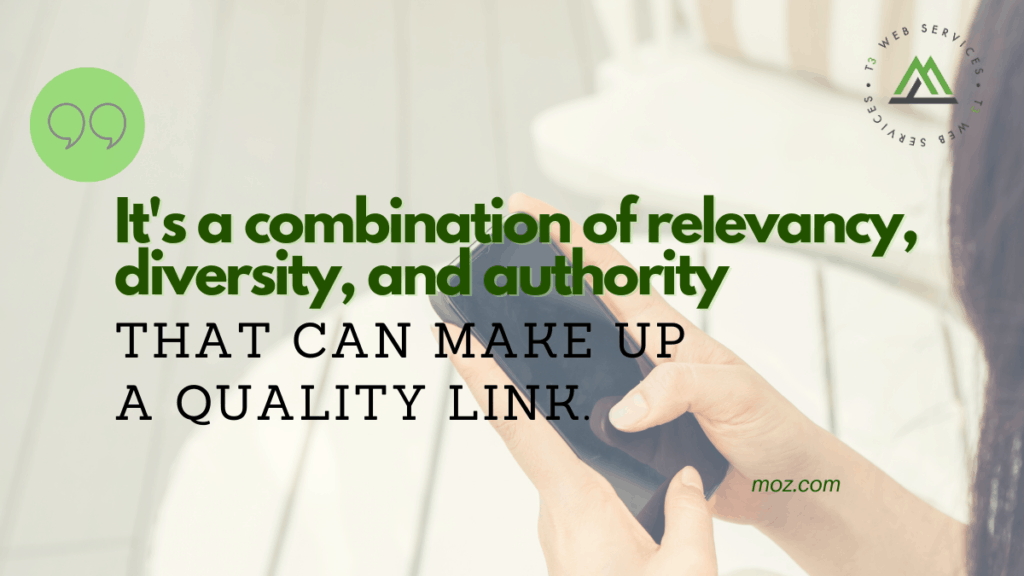

So we’re going to talk about link relevancy, link diversity, and link authority, and then also talk a little bit about the long-term of link building, how you can think about making it sustainable, and how to make sure that what you’re doing now is going to work in the future — how to approach doing that as well.
Link relevance
1. Page relevance
So firstly, let’s talk about relevance. So we’re going to start with page relevance. The key thing to keep in mind here is thinking about your target audience for your product or your service. Think about what kinds of pages would be relevant to them. What kind of content would they read? What kind of articles would they save online and go off and try and search for? Because once you’ve done that, you’ve got the kind of relevance that’s really, really important here.
2. Topical relevance
The next key to relevance is about what happens on your website, so what kind of content you publish and produce that then goes and get links.
Link diversity
Now, next up: diversity. So what we’re talking about here is a few different ways to think about diversity of your link profile, how to make sure that profile is as natural as possible, and to make sure it’s as high quality as possible.
New links vs. existing
So firstly, if you’ve got a site here that gets lots of links from different domains, that’s great. Now if you get a link from the same domain again, and then the same domain again over here, so you’ve now got two links from the same domains twice, that’s not really a problem. That’s something that’s actually a good thing to have, especially if that domain is high quality. However, at the same time, you do need to be thinking about getting links from lots of different domains. So these ones are all great or high quality, but also think about how to get links from others as well, because ultimately links from new domains show Google that you truly are a high-quality website, and you truly are a site worth linking to. Because if you’re getting links from the same sites over and over again, whilst it may not be a problem, it’s not as high quality as getting links from lots of new domains as well. So try and keep that in mind.
So when you’re targeting new links, make sure you’re going after the ones that you haven’t already got, as well, and — importantly — the ones that your competitors don’t have. That’s really, really important as well.

https://moz.com/blog/high-quality-links
Email Marketing Strategy: What Marketers Need to Know
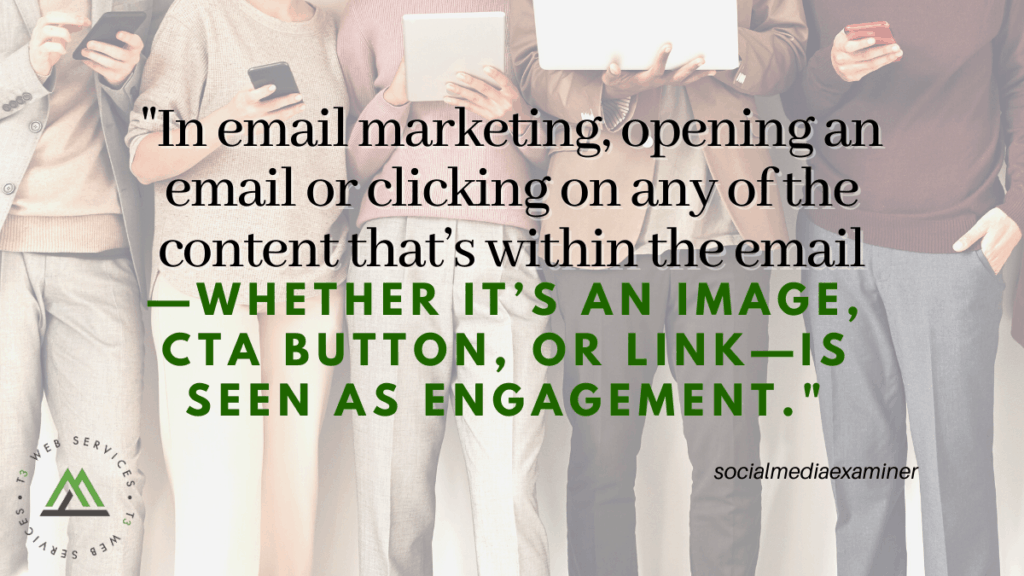

#1: Outline Your Email Strategy
Before you invest in an email platform, it’s important to define your email strategy. There’s some amazing technology out there for email, but if you don’t know what your goal is or the types of campaigns you’d like to send, you won’t know what technology is a good fit for your needs. You can avoid an expensive mistake by defining the strategy first and then investing in the technology.
Start by defining your objectives for email. It’s important to align your email marketing and overall marketing activities (including social) with the goals of your business. That will allow you to attribute what you’ve delivered in terms of a performance metric that aligns with the overall business objectives, which will make your conversations about budget and resources much easier.
When setting your objectives, try to avoid generalities. If you’re not specific enough, it will just create confusion. So rather than have the objective of getting more sales (which of course, most profitable businesses want to do), think more granularly. Sales of which product? From which audiences? In what time frame? Considering all of those underlying details will help you become more strategic with your objectives.
#2: Create Content That Drives Engagement
Once you’ve defined your email strategy, the next step is focusing on the content. Both the subject line and body of your email play crucial roles in engaging your audience. Both elements have different calls to action (CTAs) and ways of convincing people to either open the email, or once they’ve opened it, drive the action you’re looking to drive.
#3: Design an Email Welcome Journey for New Subscribers
The welcome journey is crucial for email and it’s a quick win to keep your audience engaged. This journey happens when a new subscriber signs up for your list. It could be a series of emails—typically 3-4—that welcome the new subscriber and thank them for signing up.

https://www.socialmediaexaminer.com/email-marketing-strategy-what-marketers-need-to-know/
Review Topic Clusters as Local Business Content Strategy
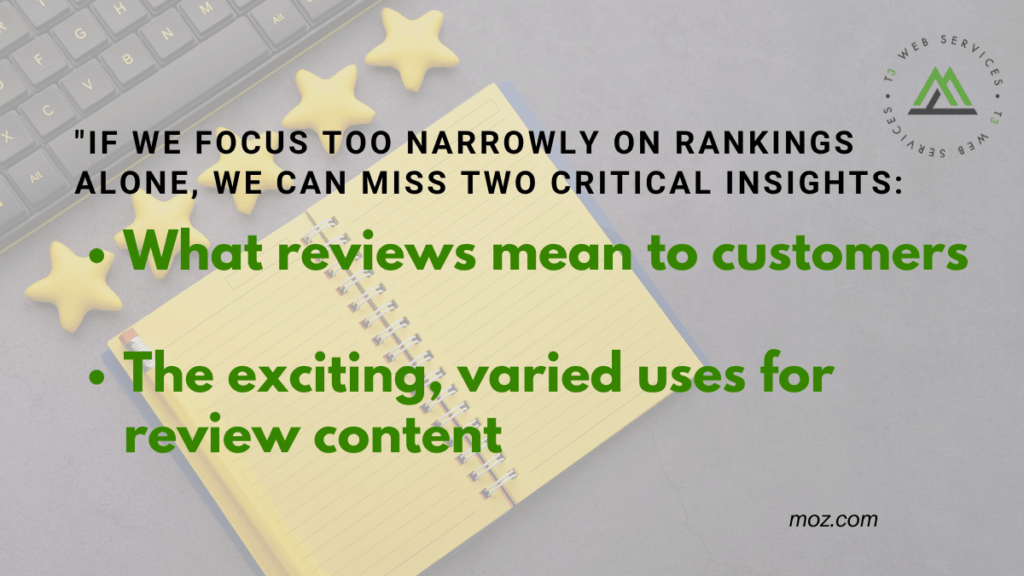

How to create a review topic cluster for a local business website
Your exact approach will vary based on the model of the business you’re marketing. A single-location business may well be able to manage this process manually. Multi-location enterprises that commit to this project may find that some automation is necessary to scale company-wide. But, for all local brands, the basic process will look like this:
- Identify your theme.
- Identify subtopics based on discovered customer intent.
- Gather review content that supports each subtopic and create the subtopic pages with some original text from the business + customer reviews.
- Create the pillar page as an introduction to the topic and source of navigation to the subtopic pages.
- Launch with a high-level navigational link to the pillar page for discovery.
How review topic clusters might benefit you
For local business owners
The most obvious and immediate win of this experiment is that it offers a foolproof answer to the age-old perennial question: What should I be writing about on my website?
In this happy case, your customers have done 90% of the writing for you, for free, about topics you already know they care about. How sweet is that?
For local search marketing agencies
Do your agency a favor this week by listening to my pal Garrett Sussman’s great interview of Chima Mmeje on the subject of next-level topic clusters. As Chima Mmeje explains, SEO is evolving to think beyond a single piece of content serving all needs, to a more advanced conceptualization of different types of content supporting different phases of the buyer’s journey.

https://moz.com/blog/review-topic-clusters
Google: 2 Reasons Why Content Gets Removed From Search Results
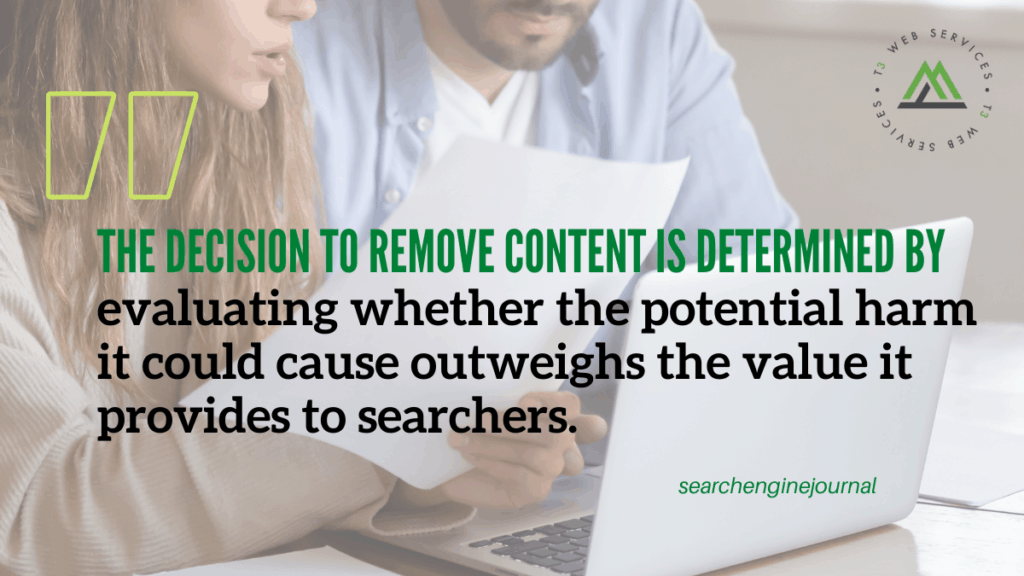

Google goes over the two instances in which it might need to remove content from search results.
Google’s Search Liaison, Danny Sullivan, explains the two reasons why content gets removed from search results.
Google aims to provide open access to information, Sullivan says, but there are times content must be removed either to protect users or comply with the law.
Removing content from search results is not an action Google takes lightly. Even sites that violate Google’s rules with black hat SEO do not get permanently de-indexed.
What would cause Google to remove content from search results? Here are the two reasons.
Removing Content to Comply With the Law
Google will remove content from search results when it’s legally required to do so.
Google’s legal obligations, as they relate to laws around privacy and defamation, vary from country to country.
Removing Content to Protect Users
Google may remove content, even when it’s not legally required to, when it contains highly personal information.
Examples of such content includes financial or medical information, government-issued IDs, and intimate imagery published without consent.

How to Drive Organic Clicks and Leads From Your Instagram Channel
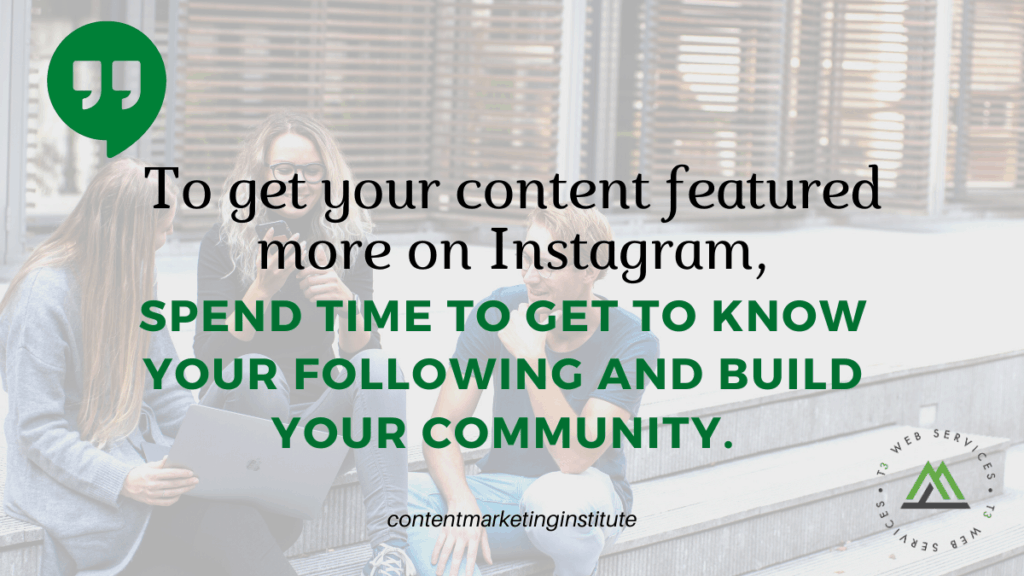

Here are a few definitive steps to start seeing higher converting traffic from your Instagram channel:
1. Create eye-catching content
While content quality is crucial for any tactic, it’s actually fundamental for Instagram. You want people to stop scrolling when they see your update – otherwise, nothing else that you do to get clicks matters.
You need “scroll-stopping” content – eye-catching enough for people to pause from scrolling their feeds to see your post and read your caption.
Like all good content, its creation involves a lot of brainstorming, competitive analysis, and experimenting. Instagram content also requires you to improve your image and video editing skills. Trying new visual content creation and editing apps could make all the difference.
2. Use your CTA in the caption
The good old conversion rate optimization (CRO) rule here works: Most people won’t think to do something unless invited. This guideline is especially true for Instagram, where people are used to scrolling and liking, not looking for links to click.
So don’t forget to invite your followers to “click a link in the bio” but make it natural and meaningful. In other words, make this CTA contextual, such as:
- “Click a link in the bio to read the full story.”
- “Click a link in the bio to see the high-resolution video.”
- “Click a link in the bio to grab a free copy (or download)” of the subject of your caption or image.
You don’t need to do a CTA for each and every Instagram update. If you are updating your channel daily, invite some clicks once a week.

https://contentmarketinginstitute.com/2021/04/organic-clicks-leads-instagram/
The Evolution of Meta Tag Generators: How & When To Use Them
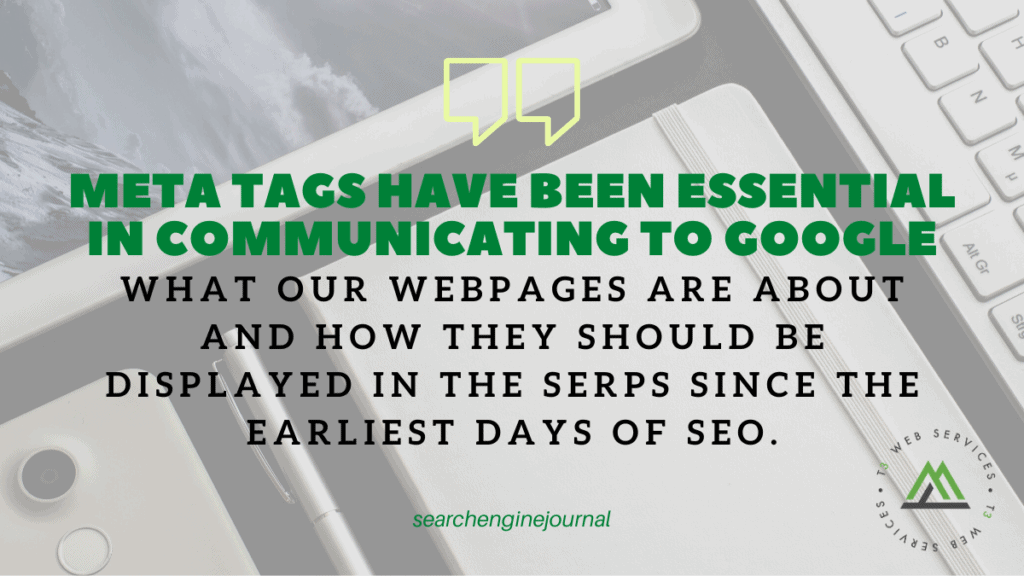

Which Meta Tags Should I Use for My Website?
Before you start using a meta tag generator, make sure you know your tags.
The list of meta tags that Google understands is pretty straightforward.
- The title tag <title> is arguably the most important because it gives Google a clear idea of your page content.
- The meta description <meta name= “description”> is visible in the SERPs below your page title. It should include your keywords and entice the user to click.
- The meta keywords attribute <meta name=”keywords”> are keywords that are relevant to your landing page (this meta tag has lost nearly all of its SEO value).
- The robots tag <meta name= “robots> tells Google to either crawl the page “index, follow” or ignore it “noindex, nofollow”.
There are other tags Google uses to understand our webpages. Check out this article for a complete description of the most important meta tags for SEO.
How to Use Meta Tag Generators
Whether you utilize meta tag generators will depend on how comfortable you are working in the backend of your website.
For those who are less HTML savvy, meta tag generators enable to quickly generate Google-friendly meta tags with accurate HTML properties without having to consult or hire a web developer.
For the most part, these tools have the same basic functionality:
- Input the required fields.
- Click the generate button.
- Copy and paste the output into the <head> section of your HTML page.

https://www.searchenginejournal.com/meta-tag-generators/402483/?ver=402483X


Leave a Reply